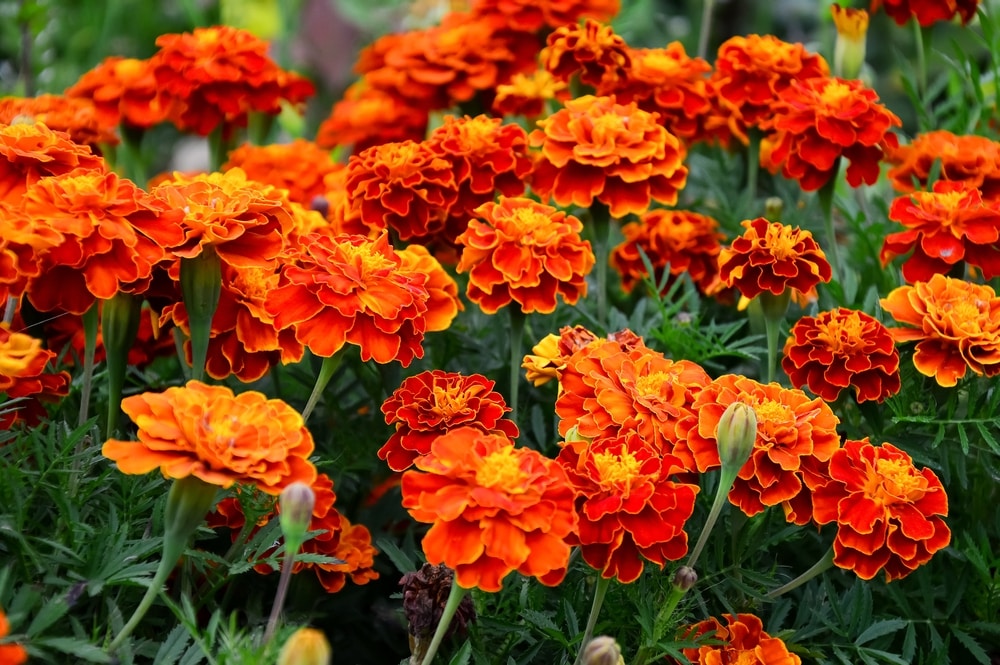
Planting flowers in your garden is not only a fun hobby but it also helps in giving the garden a unique look. Though, when it comes to choosing flowers, there are tons of things that you need to keep in mind. This includes checking the characteristics of these plants as they come in different varieties. Additionally, the steps required to keep the flowers healthy also play a huge role in if they should be planted or not. Most beginners decide to go with plants that require next to no maintenance.
This is where the Marsh marigolds come in they are one of the easiest flowers to keep healthy. Though, you will notice people often get confused between marsh marigolds and lesser celandine. The main reason for this is that both of these plants look quite similar. Keeping this in mind, we will be using this article to provide you with a comparison between the two flowers. Going through it should help you in finding all the differences.
Marsh Marigold vs Lesser Celandine
Marsh Marigold
Marsh marigolds or also known as Caltha palustris are perennial plants from the buttercup family. These are native to fens, ditches, marshes, and woodlands in Northern Hemisphere. These usually grow best when placed under warmer temperatures and the flowers start blooming once spring arrives. Keep in mind that the plant will stay alive for several years, but the flowers start dying once winters arrive. This is why you must keep the plant maintained throughout the year.
The better its condition is, the faster newer flowers will start blooming. These usually have a bright yellow color on them, and the size of the petals is quite small. The number of petals usually ranges from about 5 to 9 total petals that give the flower a star shape. This makes your garden look quite attractive, but you must spread the plant all around.
Marsh marigolds also grow quite quickly which is why they are often used as ground cover. The plant can spread throughout your garden as long as you take proper care of it. Though, people can also stop or limit its growth by using special cutting techniques like pruning. Aside from this, you should note that Marsh marigolds have another great benefit that some people are unaware of.
The petals of this flower are edible, and these can be used to relieve pain, cramps, jaundice, liver disorders, and menstrual disorders. Keeping this in mind, people often plant these in their gardens just for these medicinal properties. You will also notice that tons of medicines also use the plant as it also helps in circulating fluids in your body, reducing cholesterol, and improving blood sugar levels.
Lesser Celandine
Lesser celandine or also sometimes known as pilewort or ficaria vema is a flowering plant that grows low to the ground. This is also from the buttercup family which is why there are tons of shared characteristics between this flower and marsh marigolds. Keep in mind that lesser celandine and native to Western Asia and Europe but these can be found in other regions as well.
The plant comes with darker colored leaves when compared with marsh marigolds while the color of the flowers is quite similar. The shape and feel of this plant make it difficult for people to differentiate between lesser celandine and marsh marigolds. However, you should note that one major difference is the number of petals on these plants.
Lesser celandines can easily have up to 9 extra petals on each flower which makes them look quite fluffy. Additionally, the size of the flower itself is a little smaller which helps in distinguishing between them. With that being said, you should note that lesser celandine is an invasive plant that can start growing on its own when spring arrives.
This is because these flowers can survive harsh weather conditions and they can start growing in most gardens without any issues. The main issue when finding these plants in your ground is that they can stop all the other flowers from growing. This is why you must remove the plant from your garden as soon as possible. Luckily, going through this article should help you in identifying what type of flower has started growing on your lawn.
